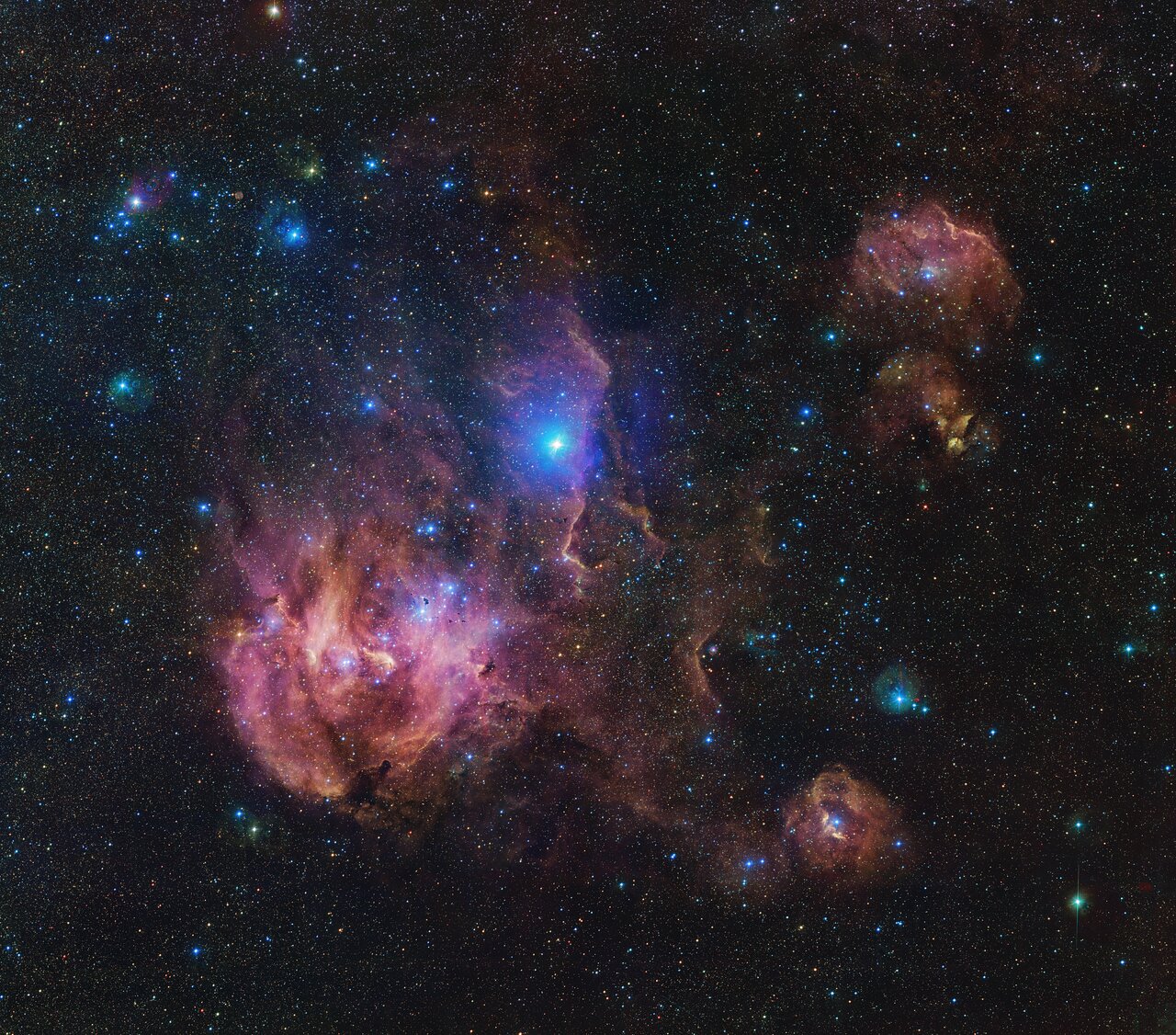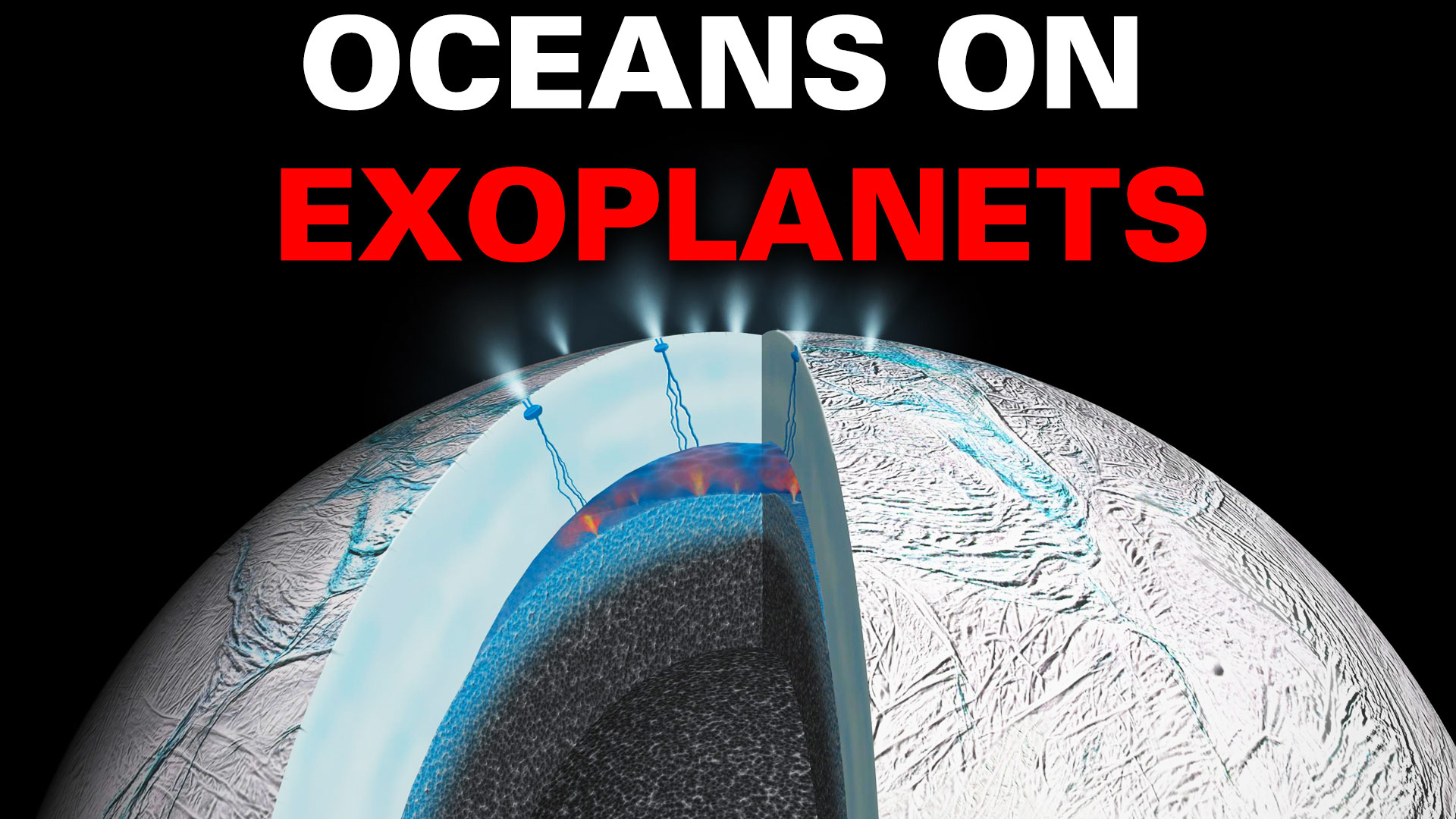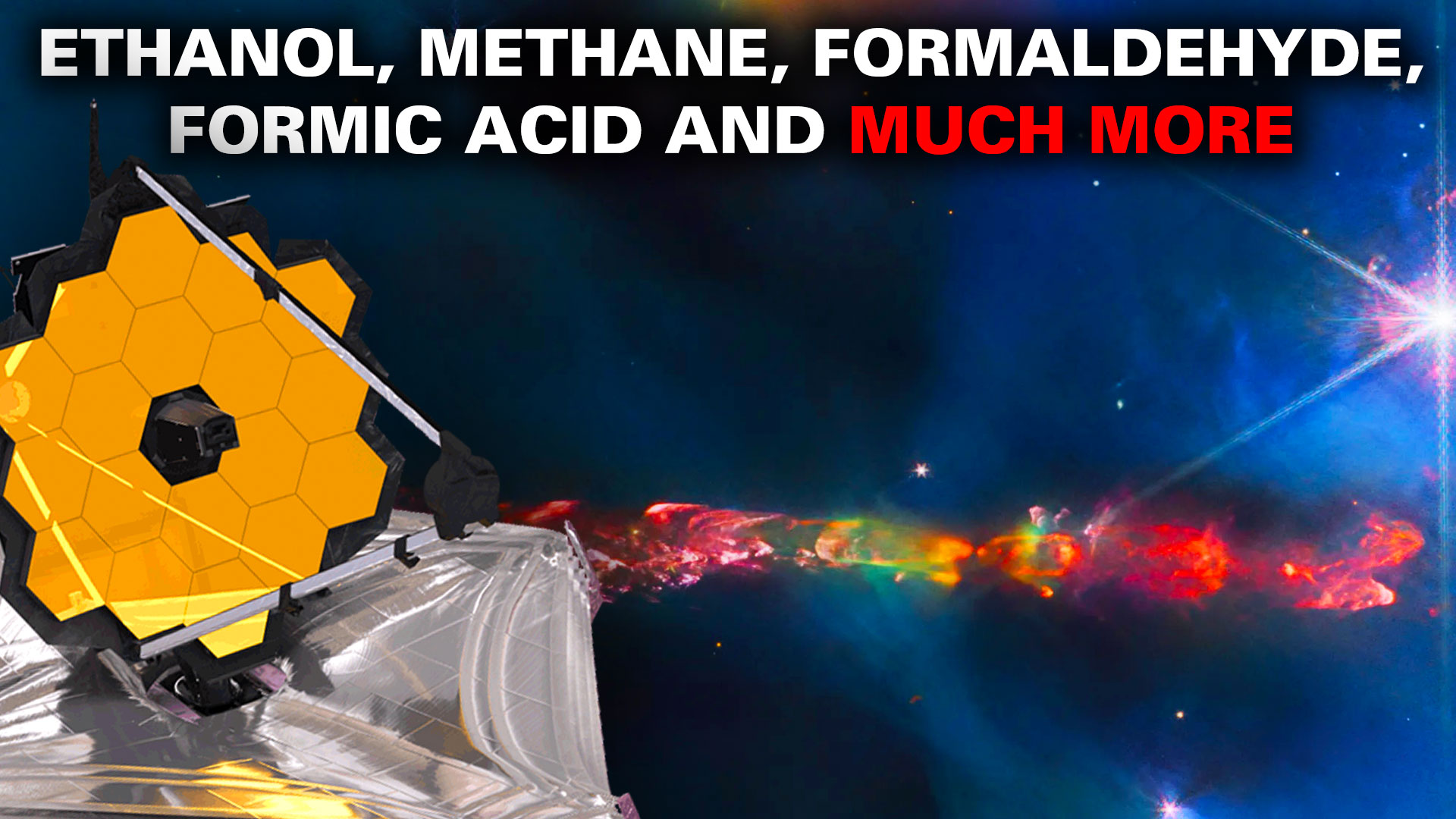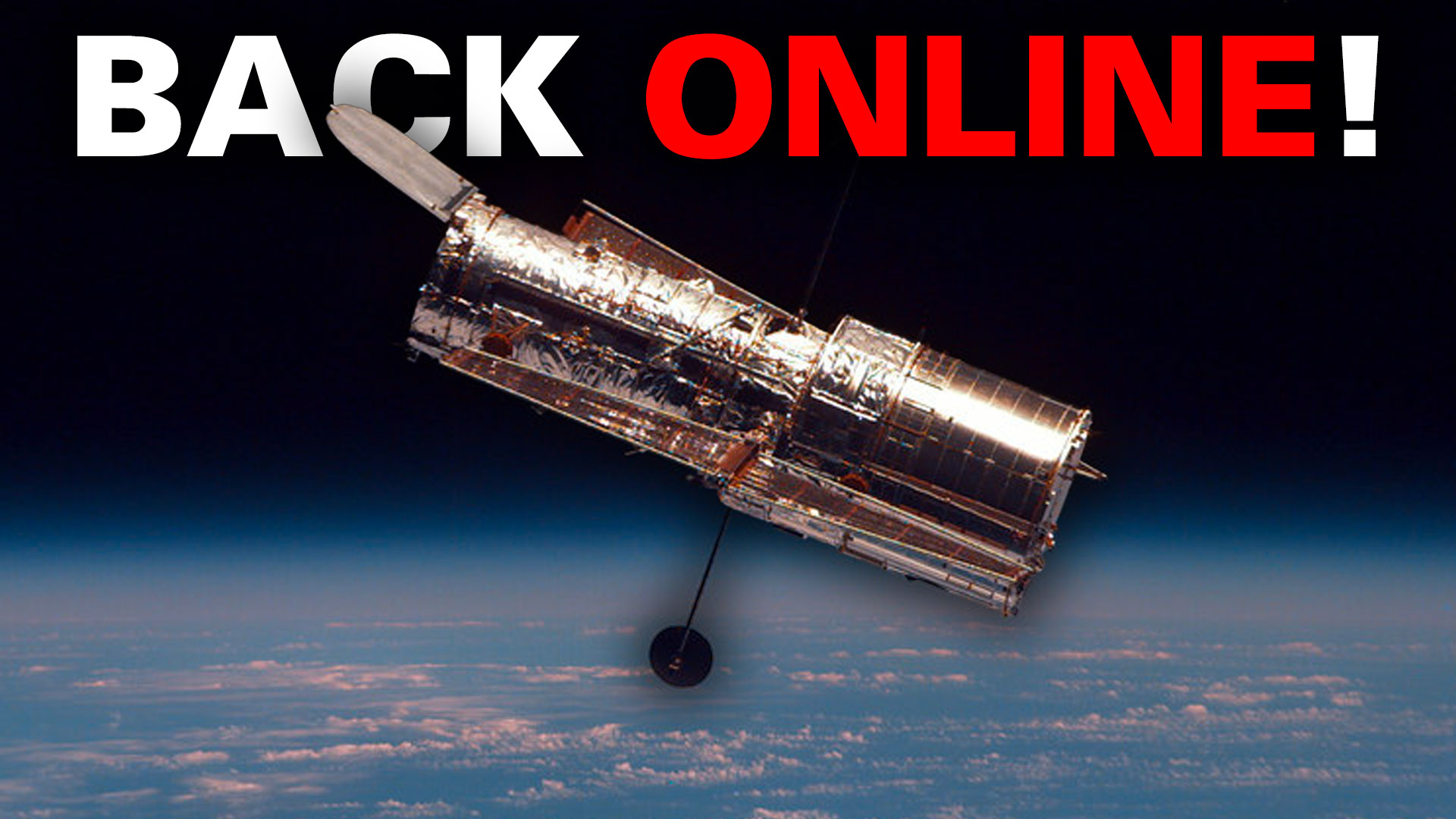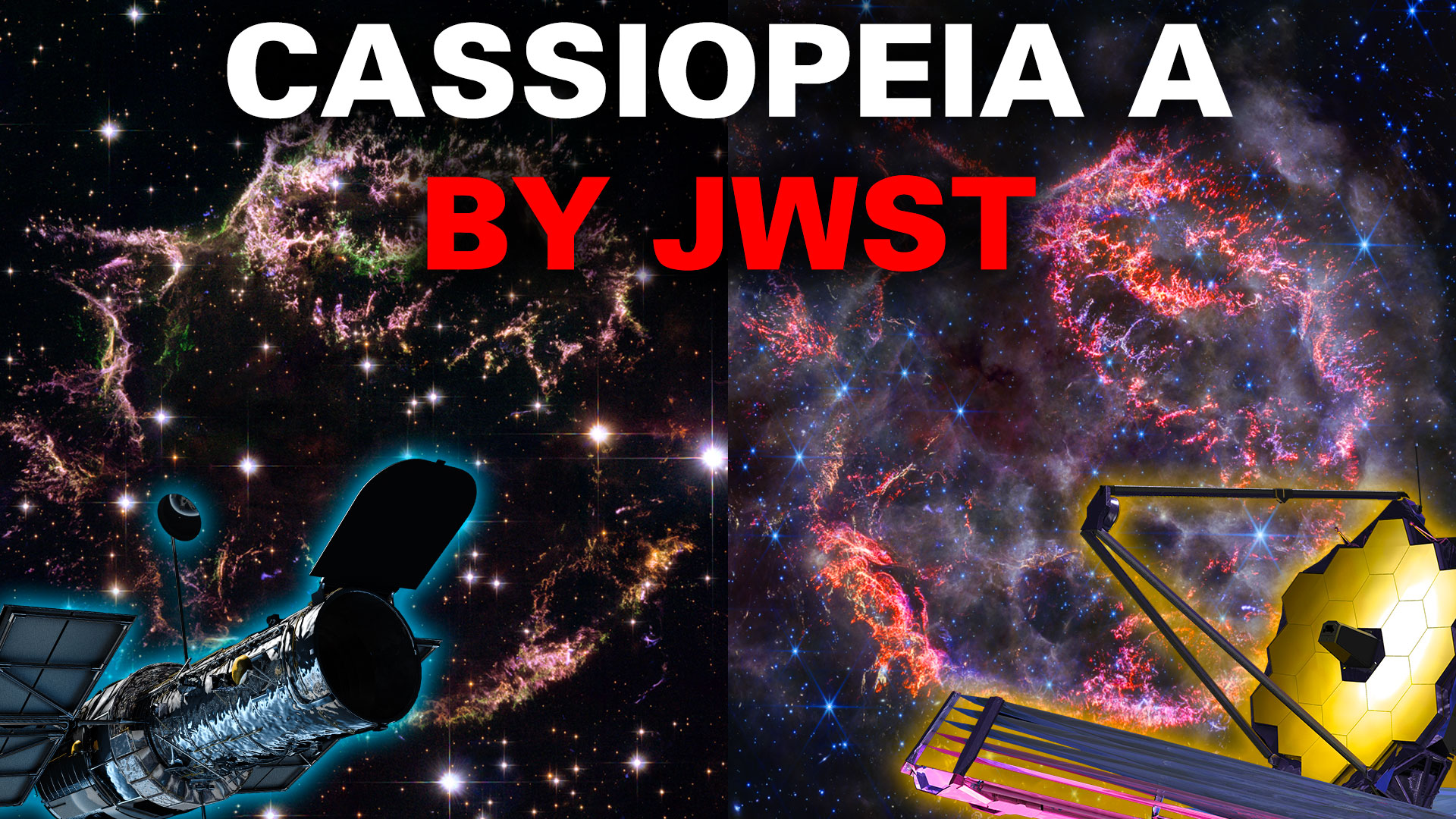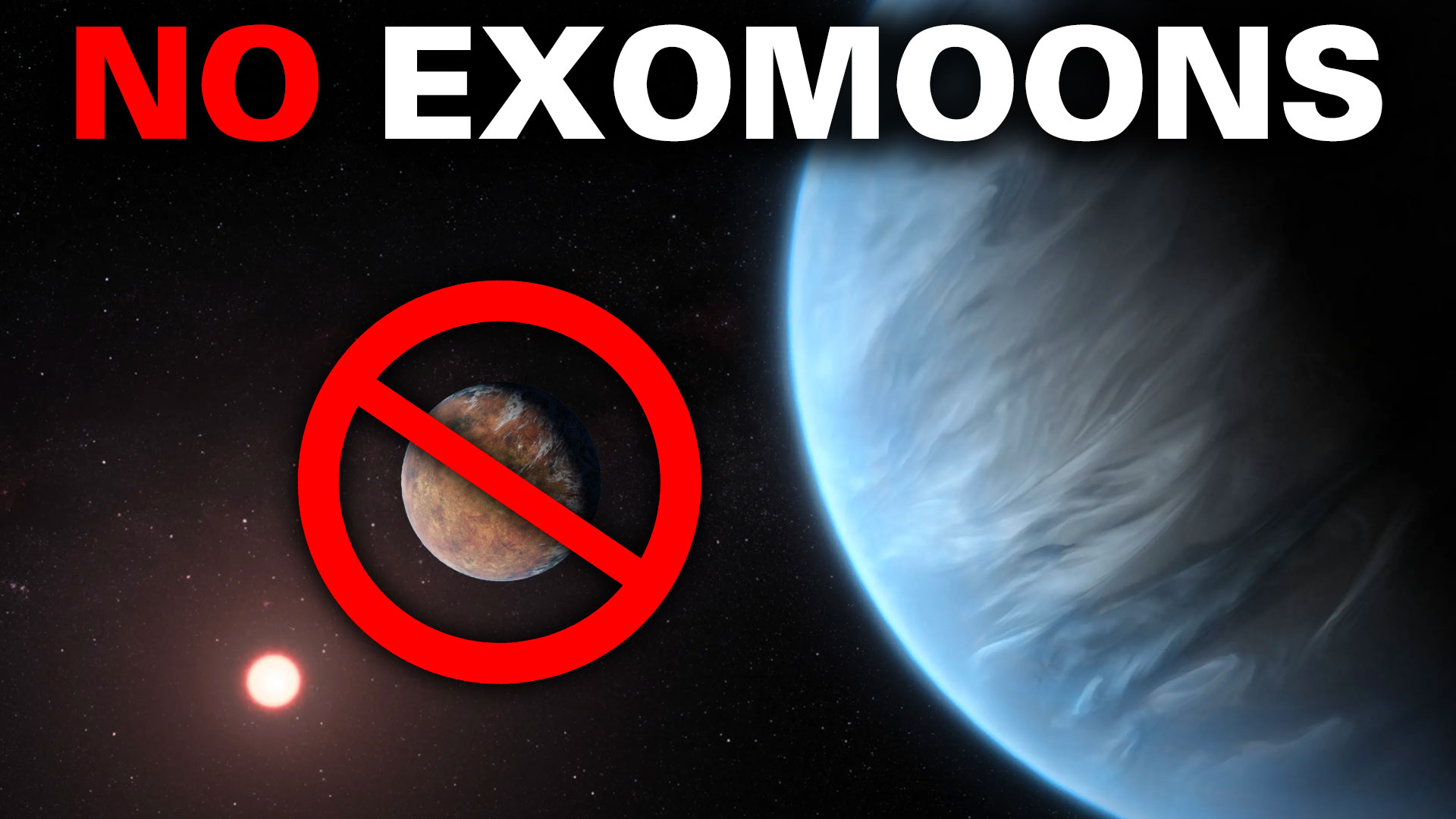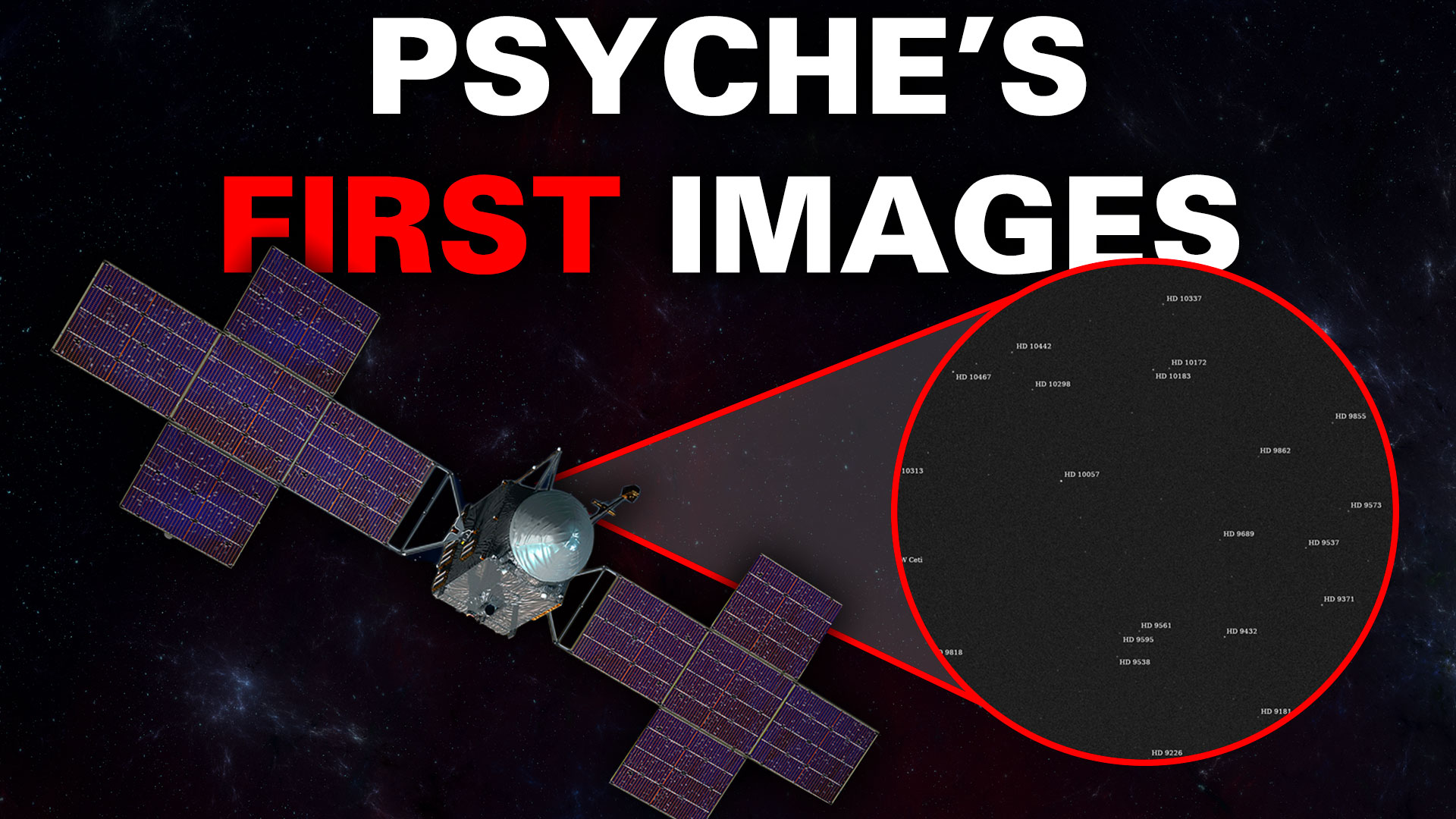Over 6,000 light-years from Earth, an open star cluster and its nebula cover a swathe of sky over 270 light-years across. It’s called the Running Chicken Nebula, and it’s more than just one object. The Running Chicken Nebula, also called IC 2944, also contains IC 2948, the brightest part of the Chicken, as well as several Bok Globules and smaller nebulae. The bright star Lambda Centauri is near the visual center of the Chicken but is actually much closer to Earth.
Continue reading “You’ll Need all the Internet to Download the Full Resolution of this New Running Chicken Nebula Image”You’ll Need all the Internet to Download the Full Resolution of this New Running Chicken Nebula Image
